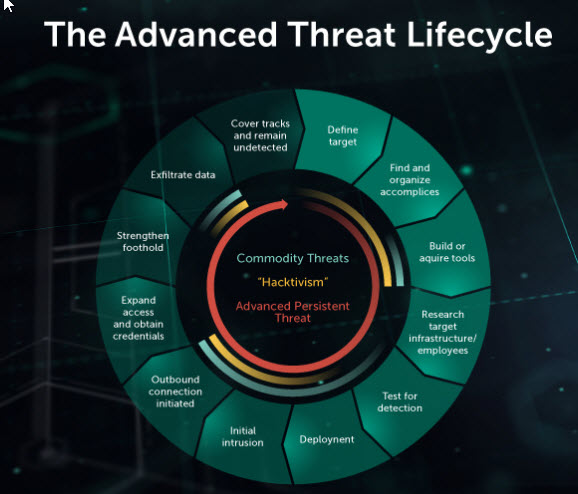How Can Your Business Qualify Under the Safe Harbor Law?
Your company must achieve compliance certification in at minimum one of the authorized cybersecurity frameworks to be eligible under the Cybersecurity Safe Harbor Law. Regular firms can use any structure they like, but those in highly regulated industries, such as healthcare, should seek compliance from their industry’s regulatory body. Since it is a must for companies to be compliant with various cybersecurity frameworks, one must hire DFARS consultant Virginia Beach.
After deciding on a framework, the first step is to become familiar with its physical, administrative, and technological protection needs. While certain features of cybersecurity standards differ, all require firms to adopt a common set of basic cybersecurity measures to be recognized. These standards for cybersecurity are non-negotiable and are as follows:
1. Prepare a disaster recovery strategy (DRP)
A disaster recovery plan (DRP) is essential for guaranteeing that your networks can be swiftly recovered in the event of a cyberattack or natural catastrophe and reduce damage and downtime. A strong DRP plan demonstrates to auditors that you can ensure the security of your systems and data even if there is a data breach.
2. Strong security safeguards
Any company wishing to adhere to accepted cybersecurity guidelines must implement the following security protocols:
Firewalls examine all inbound and outbound traffic for harmful activities and prevent any discovered dangers. They can be set to allow or block certain types of communication as needed to safeguard both individual devices and large networks. They’re crucial for avoiding phishing schemes and attacks from recognized hostile sources, such as botnets.
Antivirus and anti-malware programs are essential components of any cybersecurity approach; antivirus checks for and eliminates infections, while anti-malware deals with harmful apps and actions. When used together, they can defend against security breaches and device vulnerability or destruction.
Encryption converts legible data into ciphertext, rendering it hard to interpret for anybody without the decryption key. In cybersecurity, encryption is frequently used to stop intruders from gaining access to sensitive data. It may also be used to generate digital fingerprints, which can be used to validate the originator or destination of a message’s identity.
Multifactor authentication (MFA) entails authenticating a user’s identity using several methods. These approaches can be something the user already knows (such as a password), something the user owns, or something the user is. MFA renders it more difficult for cybercriminals to take over an account since it requires them to access many information pieces.
3. Cybersecurity awareness training
Employees will learn the fundamentals of cybercrime and how to defend themselves and the firm from assaults by participating in CMMC and DFARS cybersecurity awareness workshops. Because they know how to recognize fraudulent emails, phishing efforts, and other typical strategies used by cybercriminals, employees who have received proper cybersecurity training are less likely to fall for a scam or be penetrated by a cyberattack. Employees who are unaware of the threats posed by hacking attacks, on the other hand, are more liable to collapse for a scam or have their data stolen, putting their company at risk.
4. Testing of cybersecurity protection regularly
Cybersecurity measures are only effective if they are updated and tested regularly. Malignant hackers are constantly devising new ways to breach networks, so it’s critical to ensure that your defenses are capable of defending against modern and more complex attacks. You can detect and patch any flaws in your cybersecurity defenses by testing them regularly.
5. Documentation of cybersecurity events and breaches that are up to date
You can better identify the sorts of attacks against your firm by recording all of your previous cybersecurity events and/or intrusions. This data is critical for establishing an effective incident response strategy and identifying crucial aspects of your cybersecurity plan that should be improved.…




